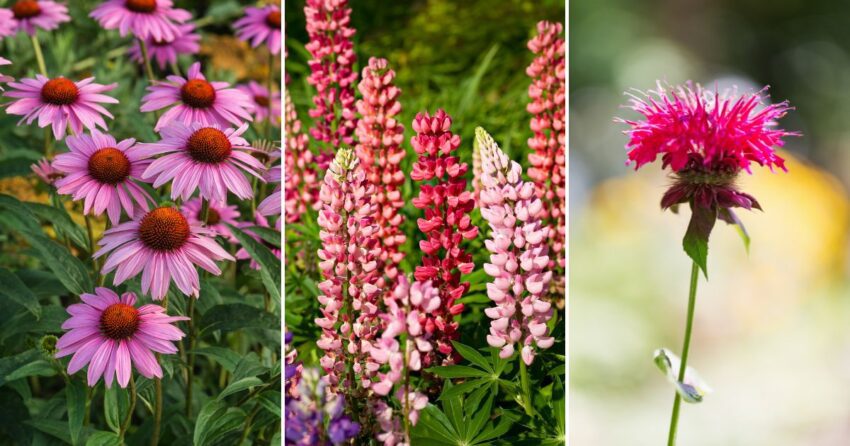Gardening enthusiasts know that planning ahead is key to a thriving garden. While spring and summer may be the most popular seasons for planting, fall offers a unique opportunity to sow perennial seeds that will yield stunning results year after year. In this comprehensive guide, we’ll explore the world of perennial seeds and the top varieties to plant in the fall, ensuring a vibrant and ever-changing garden landscape.
The Perennial Appeal
Perennial plants are the backbone of any garden. Unlike annuals, which complete their life cycle in one growing season, perennials return year after year, bringing a sense of continuity and beauty to your outdoor space. By planting perennial seeds in the fall, you allow them to establish strong root systems before the harsh winter, resulting in more robust and resilient plants when spring arrives.
Top Perennial Seeds for Fall Planting
1. Coneflowers (Echinacea):
- Why: These native North American flowers are known for their vibrant daisy-like blooms and are a favorite among pollinators.
- When to Plant: Late summer to early fall.
2. Black-Eyed Susans (Rudbeckia hirta):
- Why: With their bright yellow petals and dark centers, these perennials add a pop of color to any garden.
- When to Plant: Late summer to early fall.
3. Lupines (Lupinus):
- Why: Lupines offer a striking display of tall spikes covered in pea-like flowers in a variety of colors.
- When to Plant: Early to mid-fall.
4. Dianthus (Dianthus barbatus):
- Why: Also known as Sweet William, these compact perennials produce clusters of fragrant, colorful flowers.
- When to Plant: Early to mid-fall.
5. Russian Sage (Perovskia atriplicifolia):
- Why: A hardy and drought-tolerant perennial, Russian sage boasts aromatic silvery foliage and spiky blue-purple flowers.
- When to Plant: Early fall.
6. Salvia (Salvia nemorosa):
- Why: Salvias come in various colors and sizes, attracting bees and butterflies to your garden.
- When to Plant: Early to mid-fall.
7. Sedum (Sedum spp.):
- Why: These succulent perennials add texture and color, often blooming well into the fall.
- When to Plant: Early to mid-fall.
8. Coreopsis (Coreopsis):
- Why: Coreopsis, or tickseed, offers cheerful, daisy-like flowers in shades of yellow, pink, and red.
- When to Plant: Early to mid-fall.
9. Hellebores (Helleborus spp.):
- Why: Known as the Christmas or Lenten Rose, hellebores bloom in late winter, providing early-season color.
- When to Plant: Late fall.
10. Bee Balm (Monarda):
- Why: Bee balm attracts pollinators and is prized for its vibrant blooms and fragrant foliage.
- When to Plant: Early fall.
Tips for Successful Fall Planting
- Prepare the Soil: Ensure well-draining soil with organic matter to provide a healthy start for your perennial seeds.
- Proper Spacing: Follow seed packet instructions for spacing to prevent overcrowding.
- Water Adequately: Keep the soil consistently moist until winter to help seeds establish roots.
- Mulch: Apply a layer of mulch to insulate the soil and protect the seeds from harsh winter temperatures.
- Protect from Frost: Use frost cloth or covers if late-season frosts are expected.
- Label Your Plants: Keep track of what you’ve planted to avoid confusion in the spring.
A Year-Round Garden Delight
Planting perennial seeds in the fall extends the beauty and vibrancy of your garden year-round. With careful selection and proper care, your garden will become a tapestry of colors, shapes, and textures that evolve and thrive with each passing season. Embrace the magic of fall planting and look forward to a garden that brings joy and inspiration throughout the year.
In conclusion, fall is the ideal time to invest in the future beauty of your garden by sowing perennial seeds. The varieties mentioned above are just a glimpse of the possibilities that await you. As you plan your fall planting, consider the unique climate and conditions of your region to ensure a successful and vibrant perennial garden that will delight your senses for years to come.

